General News
How to Select the Right Working Mode for an Off-Grid Solar System
Introduction
An off-grid solar system is designed to operate independently of the public electricity grid, making it an essential solution for remote areas, backup applications, or regions with unstable power supply. The solar inverter, as the core component, converts DC from solar panels into AC for household and industrial loads. Choosing the correct working mode of the inverter not only maximizes solar energy utilization but also ensures stable and efficient system operation.
Understanding Inverter Working Modes in Off-Grid Solar Systems
Modern off-grid inverters typically provide three main working modes:
1. PV Priority Mode
In this mode, the inverter gives priority to solar power to supply the load. When solar generation is insufficient, the battery supplements the shortfall. This setting is ideal for regions with frequent power outages or no grid access, maximizing renewable energy use and reducing reliance on fossil fuels.
2. Utility Priority Mode
Also called “grid priority,” this mode supplies power from the utility whenever available. When the grid is down, the inverter switches to solar and battery backup. This mode is suitable for areas where grid power is generally stable and affordable but limited in supply duration.
3. Battery Priority Mode
Here, the inverter prioritizes stored energy from the battery. Solar generation replenishes the battery, and the grid is used only when the battery is insufficient. This is a common choice for areas with occasional outages or voltage instability.
Choosing the Right Mode for Your Application
-
No-grid or unreliable grid regions: PV priority mode ensures maximum utilization of solar energy.
-
Stable but limited grid supply: Utility priority mode guarantees stable operation during grid availability while maintaining backup when needed.
-
Areas with frequent fluctuations: Battery priority mode ensures sensitive loads continue operating smoothly during interruptions.
Practical Considerations
When selecting the working mode for an off-grid solar system, keep the following points in mind:
-
System specifications: Ensure the chosen mode is compatible with inverter parameters such as power rating, efficiency, and supported functions.
-
Load requirements: For critical loads such as servers or medical devices, PV or battery priority modes are safer. For general loads, utility priority may be sufficient.
-
Routine maintenance: Inspect inverter connections, batteries, and solar modules regularly to ensure consistent performance.
-
Dynamic adjustment: Based on seasonal demand or local conditions, inverter modes can be adjusted to balance energy efficiency and system reliability.
Conclusion
The inverter’s role in an off-grid solar system is not limited to energy conversion—it determines how solar, battery, and grid resources are allocated. By understanding PV priority, utility priority, and battery priority modes, and aligning them with real-world application scenarios, users can achieve optimal system efficiency and long-term reliability.



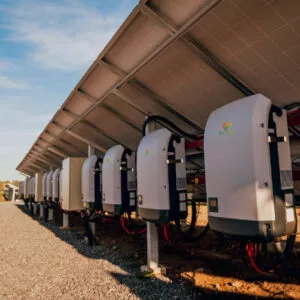


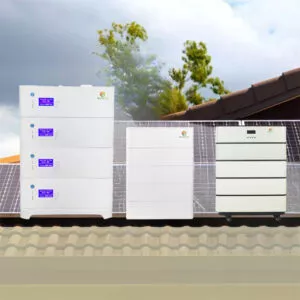

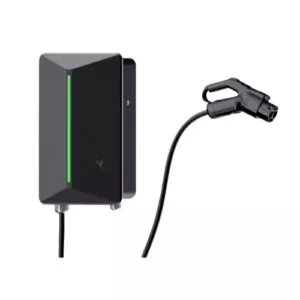
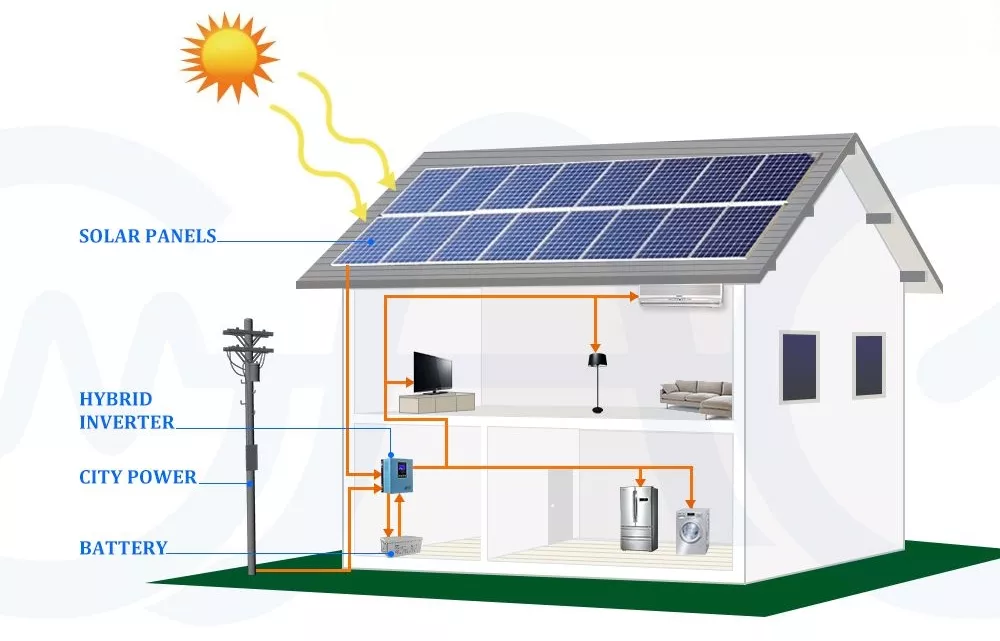
 Solar Panel
Solar Panel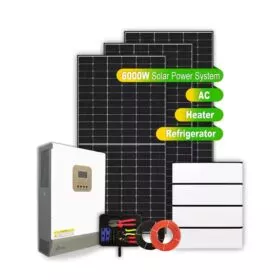 Solar Power System
Solar Power System